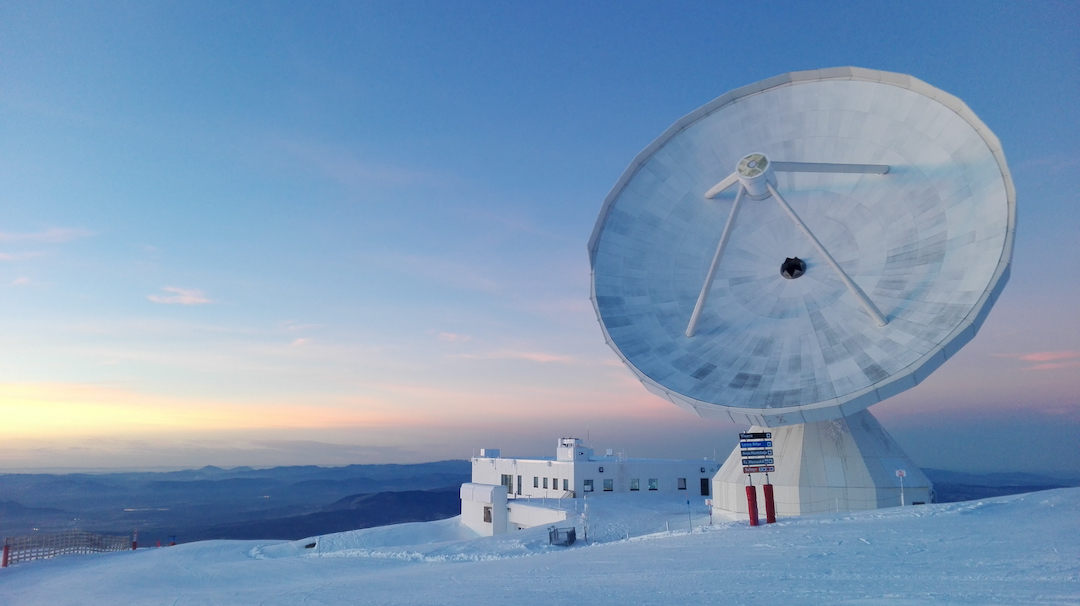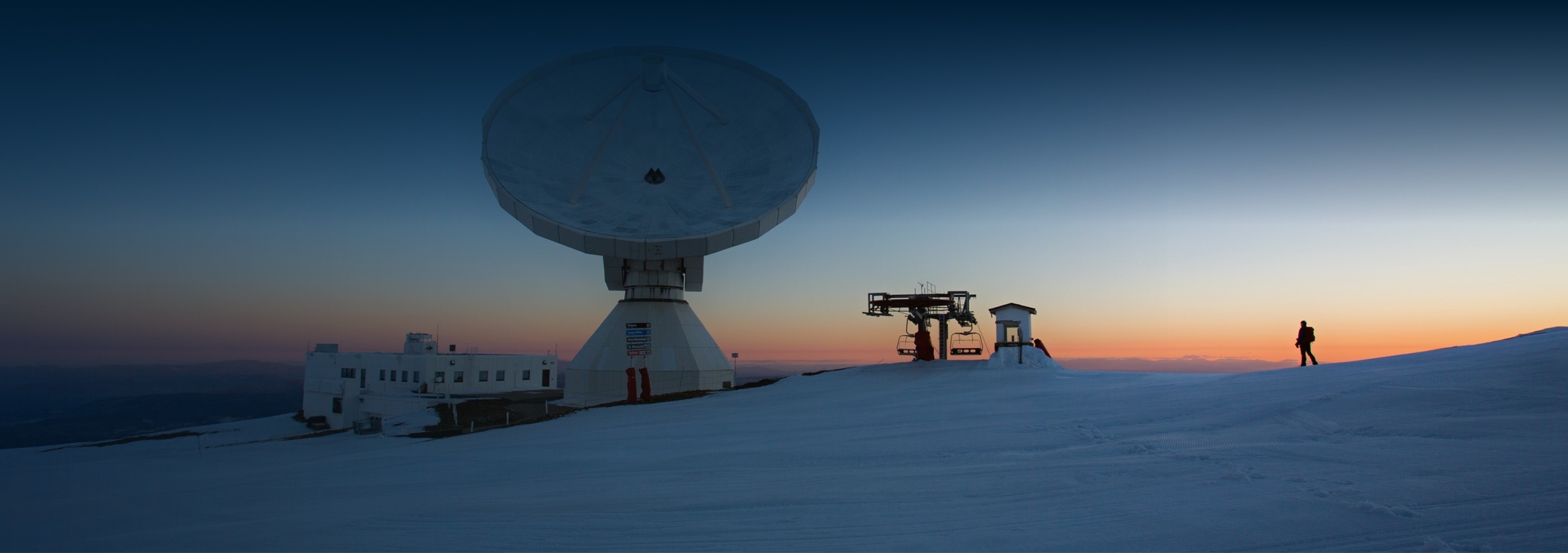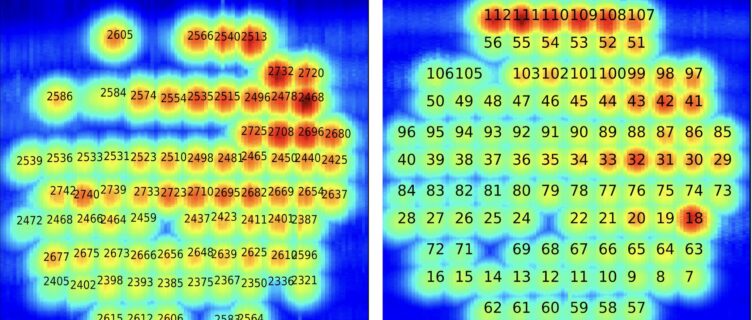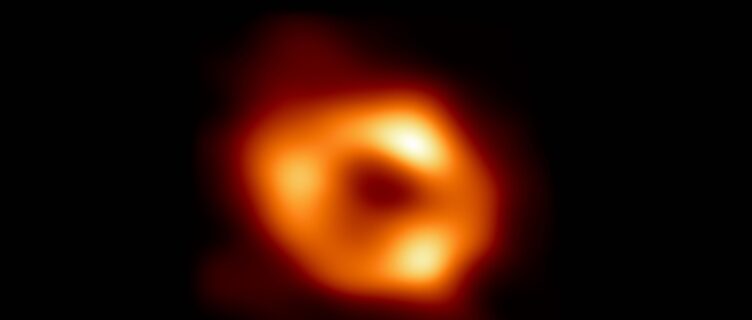About the telescope
The 30-meter telescope, located on the Pico Veleta in the Spanish Sierra Nevada, is one of the two radio astronomy facilities operated by IRAM. It is one of the world’s premier single-dish facilities for astronomical research in the millimeter wavelength range.
Built in only four years — from 1980 to 1984 — at an elevation of 2850 meters, it remains to this day one of the largest and most sensitive radio telescopes for tracing millimeter waves.
The 30-meter telescope is one of the most sought-after radio telescopes in the world. Each year, more than 250 astronomers come to Pico Veleta to pursue their scientific projects. In fact, the annual number of submitted proposals is so high that only one third of them can be scheduled.
The observatory operates 24 hours a day every day of the year and includes a control room, from which the telescope is operated, along with living quarters for scientists and IRAM staff.

Datasheet
- Location
- Pico Veleta, Sierra Nevada, Spain
- Altitude
- 2850 meters
- Longitude / Latitude
- 03:23:33.7 W / 37:03:58.3 N
- Number of antennas
- 1
- Atenna diameter
- 30 meters
- Antenna weight
- 800 tons
- Antenna mount
- Alt-azimuth, steel on concrete pedestal
- Dish panels
- 420 aluminium panels on honeycomb back-structure
- Secondary mirror diameter
- 2 meters
- Surface precision
- 55 microns
- Tracking precision
- < 1/3600° (less than one arcsecond)
- Frequencies / wavelenghts
- 80 to 370 GHz / 3 to 0.8 millimeters
How it works
The telescope is a classic single dish parabolic antenna, which allows the exploration of extended cosmic objects such as nearby galaxies and interstellar clouds.
Due to its large surface and it’s unique wide-angle camera, the 30-meter telescope is unrivalled in its sensitivity and is well adapted to detect weak sources.
It is equipped with a suite of highly specialized and sensitive, multi-pixel cameras. By pointing the telescope towards a celestial source, and then by scanning and tracking the source, astronomers can generate wide-coverage radio images — whether of complete galaxies or regions of star formation in the Milky Way. With its unique ability to observe simultaneously at several wavelengths, the telescope can produce multiple images.

Key facts
Three fun facts to better grasp the precision and power of the 30-meter telescope.
Heavier than a full Airbus A380
The 30-meter antenna weighs about 800 tons which is more than an Airbus A380 (which weighs about 618 tons) or a Boeing 747 (which weighs about 300 tons)
Adjusted to the width of a human hair
The surface of the 30-meter parabola is adjusted to a precision of 55 micrometers, corresponding to the width of a human hair.
Full 400 degrees rotation to follow cosmic sources
The 30m telescope can turn over 400 degrees to follow the night sky. Several kilometers of cables are housed in a spiral construction inside the antenna to prevent the cables from getting tangled.
Learn more about our work
Our latest updates
Explore all the latest news from our research and technology groups and never miss out on important upcoming events.














